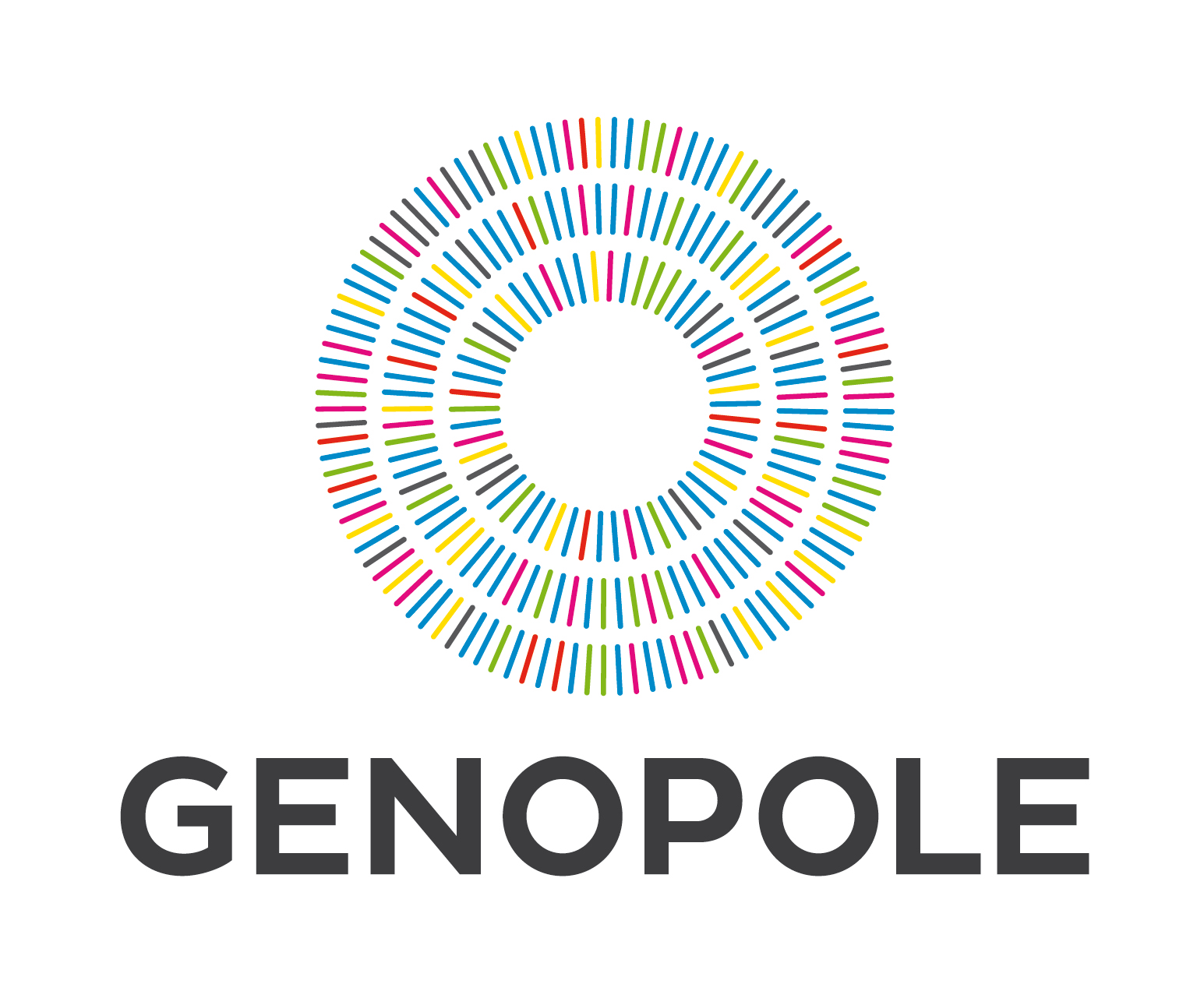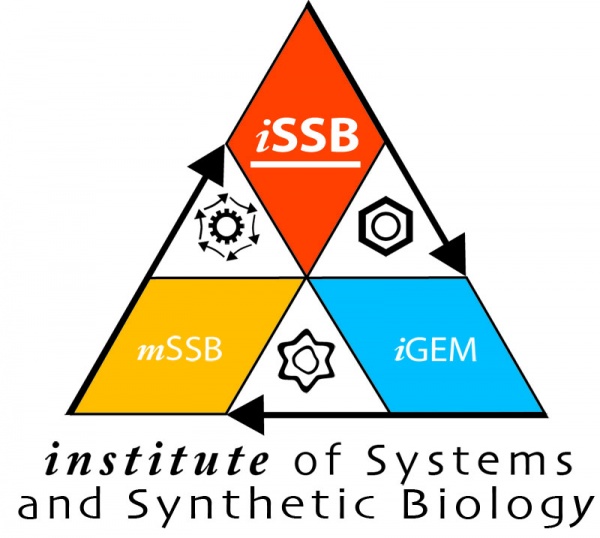Team:Evry/ent prod
From 2013.igem.org
| (One intermediate revision not shown) | |||
| Line 17: | Line 17: | ||
<h2>Sensor model</h2> | <h2>Sensor model</h2> | ||
<p> | <p> | ||
| - | We first modeled the sensing system using ODEs, with the help of experimental results to tune one of our parameters. | + | We first modeled the sensing system using ODEs, <b>with the help of experimental results</b> to tune one of our parameters. |
</p> | </p> | ||
<p> | <p> | ||
| Line 29: | Line 29: | ||
</p> | </p> | ||
<p> | <p> | ||
| - | <a href="https://2013.igem.org/Team:Evry/ | + | <a href="https://2013.igem.org/Team:Evry/Modelmeta2">Here is the link to the inverter model</a>. |
</p> | </p> | ||
Latest revision as of 03:30, 29 October 2013
Enterobactin production model overview
Introduction
In order to determine our Iron Coli's enterobactin production rate, we modeled the different systems used in our project: the iron sensor, the inverter system and the chelator system.
The first part focuses on the synthetic sensing system, the second on our inverter system our team implemented in the bacteria. The last part intagrate those previous parts with the chemical reactions leading to the enterobactin production.
Sensor model
We first modeled the sensing system using ODEs, with the help of experimental results to tune one of our parameters.
Here is the link to the sensor model.
Inverter model
We then used the sensor model as a base and build an inverter model downstream. This model allowed us to answer the following question:
"Which plasmid's copy should we prioritize in our bacteria?"
Here is the link to the inverter model.
Enterobactin production model
As a final step, we combined the sensor model and the inverter model, and added an enzymatic reactions model to annswer this final question:
"How much time is needed for our bacteria to start producing enterobactins from the moment they sense the iron?"
 "
"













